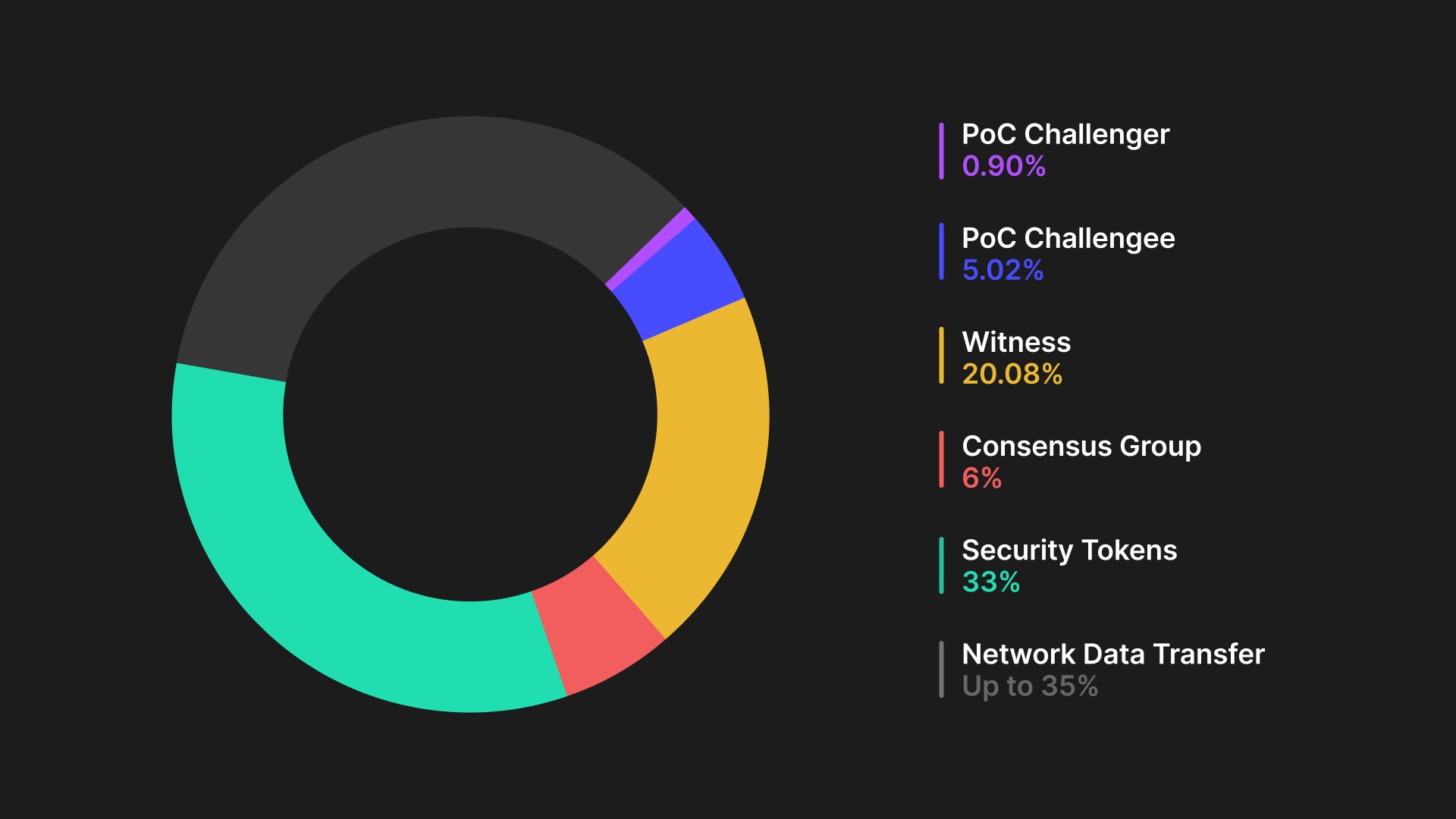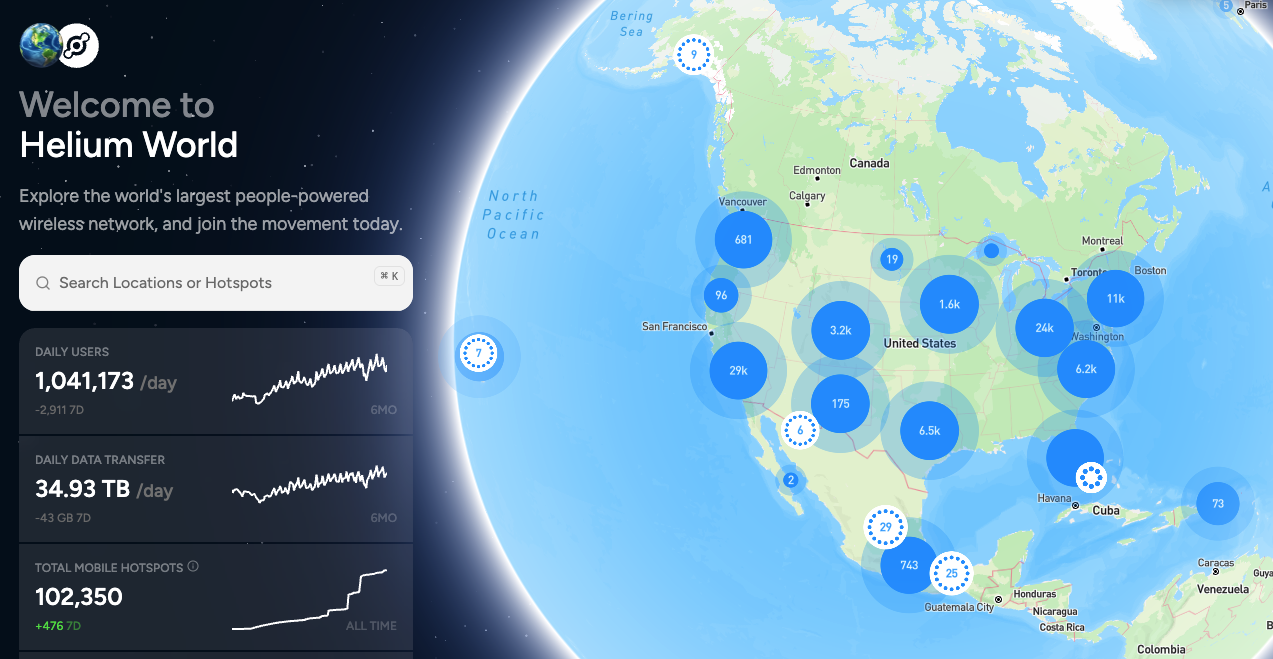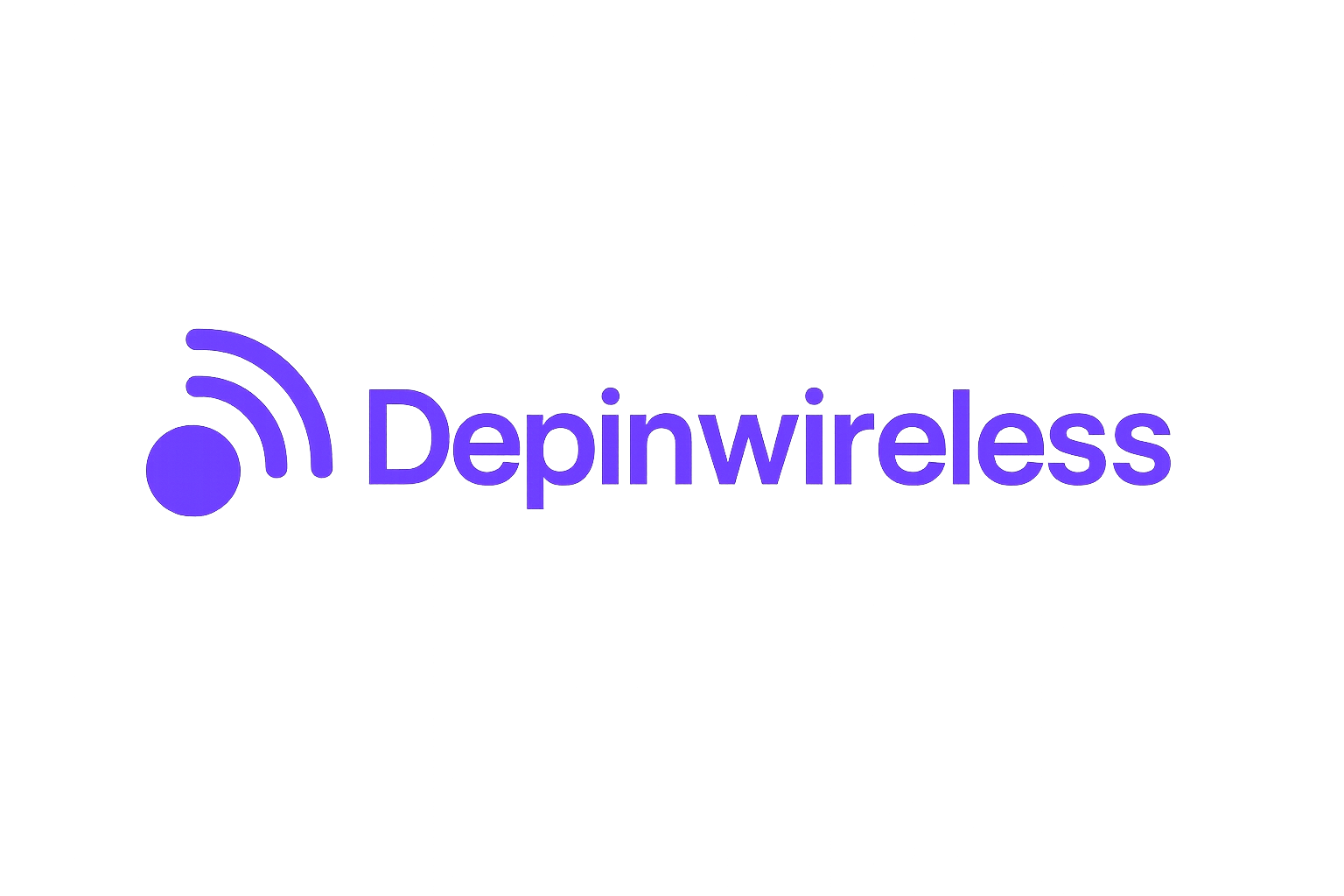
Imagine a world where anyone can own a piece of the wireless infrastructure that keeps us all connected. Thanks to Helium 5G hotspots, this vision is rapidly becoming reality. Helium’s decentralized model is transforming DePIN wireless networks by empowering individuals and businesses to deploy their own 5G nodes, earn rewards, and help shape the next era of connectivity. With Helium (HNT) trading at $2.21 as of today, interest in the ecosystem has never been higher.
From IoT Dreams to 5G Reality: The Helium Revolution
Helium began its journey in 2019 with a bold goal: build a decentralized wireless network for IoT devices that anyone could support by running a hotspot (Case Study: A Technical Deep Dive on Helium). Fast forward to now, and the network has expanded far beyond IoT. Today, over 379,000 active hotspots are powering everything from smart city sensors to mobile data offloading for major carriers.

This isn’t just about tech for tech’s sake. By leveraging blockchain and token incentives, Helium enables grassroots deployment of wireless infrastructure at a fraction of traditional costs. The result? Rapid coverage growth in places where legacy networks struggle to reach – rural towns, event venues, pop-up locations, and more.
Real-World Impact: On-Demand Connectivity and Seamless Carrier Integration
One of the most exciting use cases for Helium 5G hotspots is on-demand connectivity for events and temporary installations (How Helium 5G is Powering DePIN: Real-World Use Cases). Imagine a music festival or outdoor market needing reliable wireless service just for a weekend. Instead of expensive contracts with traditional providers, organizers can deploy Helium hotspots, scaling coverage up or down as needed while earning HNT rewards.
Key Benefits of Helium 5G Hotspot Deployment
-

Lower Network Deployment Costs: Helium’s decentralized approach lets businesses and communities deploy 5G hotspots at a fraction of the cost of traditional infrastructure, eliminating expensive contracts with major carriers.
-

On-Demand Wireless Coverage: Helium 5G hotspots provide flexible, temporary connectivity for events, pop-ups, and remote locations—empowering organizers to deliver reliable service where and when it’s needed.
-

Seamless Integration with Major Carriers: Helium’s network integrates with established carriers like AT&T, enabling users to transition smoothly between decentralized and traditional networks for uninterrupted service.
-

Financial Incentives via Token Rewards: Hotspot operators earn Helium (HNT) tokens—currently priced at $2.21—for contributing coverage, creating new revenue streams for businesses and individuals.
-

Democratized Network Ownership: Helium empowers anyone to own and operate part of a global wireless network, fostering community-driven expansion and reducing reliance on centralized providers.
-

Enhanced IoT Connectivity: Helium’s network supports a wide range of IoT devices, enabling smart city solutions and business automation with reliable, decentralized wireless coverage.
The integration doesn’t stop there. Through partnerships with major carriers like AT and T and Passpoint-enabled roaming (Decentralized Wireless for All – DAWN Internet), users experience seamless handoffs between traditional cellular networks and decentralized hotspots. This hybrid approach not only boosts reliability but also democratizes access to high-speed data, critical for underserved communities and emerging markets.
The Economic Engine: Token Incentives and Network Growth
The heart of the DePIN wireless network model is economic incentive. Hotspot operators are rewarded in HNT tokens (currently priced at $2.21) for providing coverage and transferring data across the network (Understanding Helium: A Comprehensive Overview – Messari). This model flips traditional telecom economics on its head, network expansion becomes community-driven rather than capital-intensive.
This incentive structure has led to explosive growth in both IoT LoRaWAN coverage and now high-speed 5G service (Helium Ecosystem Health). As more businesses realize the value of flexible, decentralized infrastructure, and as smart cities demand scalable solutions, Helium’s approach looks increasingly prescient.
What truly sets Helium 5G hotspots apart is their ability to foster a virtuous cycle: as more people deploy hotspots, coverage expands, which in turn attracts more users and use cases. This network effect is already visible in cities experimenting with smart traffic systems, logistics tracking, and even public safety IoT devices. The decentralized approach means that local entrepreneurs and communities reap the rewards of improved connectivity, literally earning HNT tokens for their participation.
“Helium’s model flips the script on wireless infrastructure. It’s not just telecom giants building the future, it’s all of us. ”
Challenges and Forward Momentum: What’s Next for Helium and DePIN Wireless?
No revolution comes without its hurdles. Scaling decentralized wireless networks requires robust hardware, reliable backhaul internet, and ongoing education for new operators. Regulatory landscapes also remain a wild card as governments adapt to these new paradigms. Yet, Helium’s community has consistently shown resilience, iterating on governance, improving hotspot onboarding flows, and collaborating with partners across the blockchain wireless infrastructure space.
The current HNT price of $2.21 reflects not just speculation but real-world adoption dynamics. As network utility grows, driven by applications like mobile carrier offloading, IoT connectivity, and smart city wireless solutions, the underlying tokenomics become increasingly compelling for both retail investors and institutional players.
Why Participation Matters: Owning a Piece of Tomorrow’s Network
If you’re considering diving into DePIN wireless networks or expanding your current footprint, now is a pivotal time to get involved. The barriers to entry are lower than ever: setting up a hotspot can be as simple as plugging in hardware and following intuitive onboarding steps. With every new node added to the ecosystem, Helium moves closer to its vision, a global mesh of decentralized connectivity that anyone can help build.
For businesses eyeing edge computing or data-intensive applications, decentralized networks like Helium offer flexibility that legacy carriers struggle to match. And for communities long underserved by traditional ISPs or mobile providers, this model represents genuine empowerment, a shift from being passive consumers to active stakeholders in digital infrastructure.
As we watch HNT hold steady at $2.21, it’s clear that the value created by this ecosystem extends far beyond speculative trading. It’s about reshaping who controls our digital lifelines, and ensuring that opportunity is shared as widely as possible.






